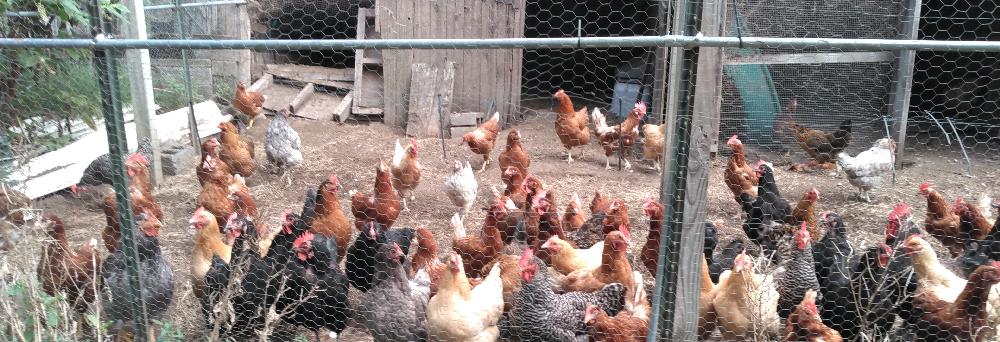
Chickens and ducks are fun little pets. They don’t need a whole lot of care once they’re properly set up. And they provide entertainment and eggs and ask very little in return.
However, there are some myths about them that need to be debunked.
1. You Need a Rooster to Get Eggs
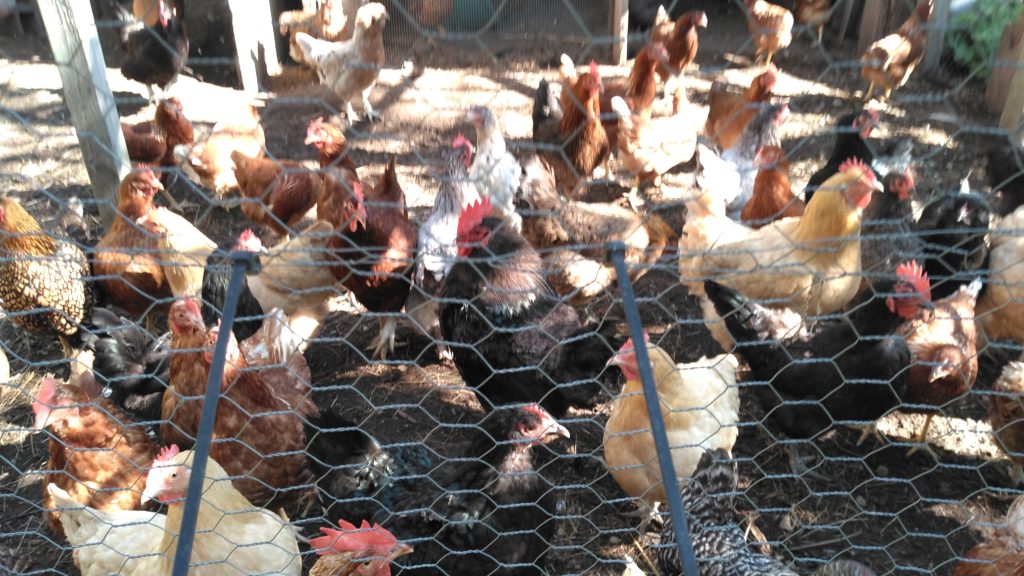
No, a hen does not need a male to produce eggs. Just like mammals, hens are born with egg cells in their ovaries and will produce unfertilized eggs without any male influence. Eggs are produced in “strings”, a few eggs once every day, then will take a day or so off before the next string.
After several months, the hen will take a little vacation of a couple of months or so, called a “moult”. During this time she’ll lose her feathers and replace them with new ones, getting recharged for the next season.
Now if you want fertilized eggs that will produce baby chicks, then you do need a rooster after all. Note that one rooster will need several hens to spread his attention around.
2. You Can’t Get Eggs in the Winter
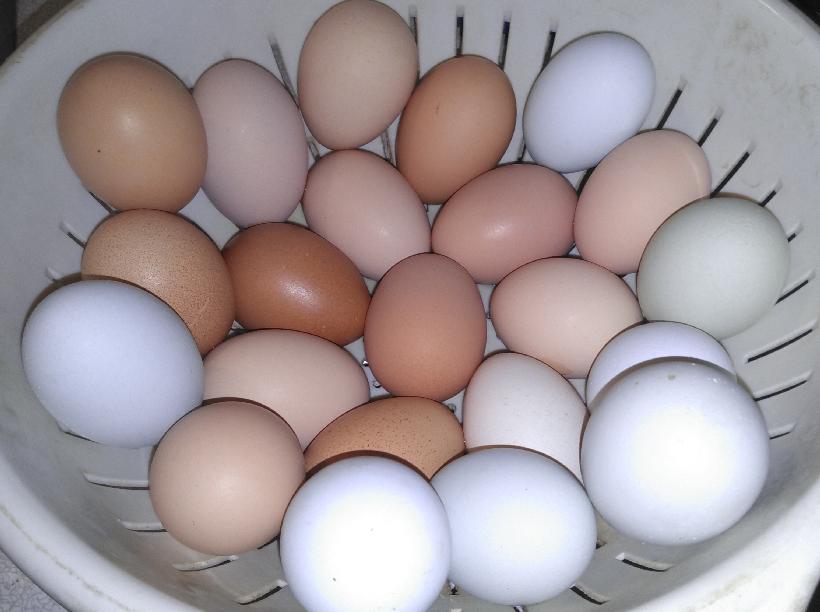
In nature this is true, and it makes sense. After all, you don’t want to be hatching babies in the middle of a blizzard where the chick will freeze as soon as it breaks out of the shell, or will starve because there is no food available.
The biggest trigger to stop laying in the winter is shorter daylight. And in spring when the days get longer, that signals it’s time to produce babies when it’s warm and food is plentiful.
Chickens, however, can be fooled into thinking that it’s not quite winter with draft-free buildings, unfrozen water and artificial lights set to 14-16 hours per day. You won’t get as many eggs as you will during the warmer months, but you’ll get enough for yourself and any customers you might have.
3. Chickens Are Vegetarians
Chickens are actually omnivores and opportunistic feeders. Other than bugs, they will hunt frogs, snakes and other small reptiles, as well as baby rodents and adult mice. They are little dinosaurs for sure!
4. Chickens Can’t Fly
Actually, chickens can fly a little. Though modern chickens are bred to have bigger breasts and heavier legs, they do roost at night and can fly a couple of feet upward and several feet outward.
In fact, the roosting instinct is very strong. As a prey species (everything likes chicken dinner), their instinct tells them that are safer in trees and high places at night.
Lighter bodied breeds can fly higher though, as well as some talented individuals. Clipping wings can impede this if you have birds flying over your fences.
An even better deterrent is to cover the tops of any enclosed yard so they can’t try to fly out. And that will keep hawks, owls, raccoons and other predators out as well.
5. Chickens Are Stupid
While it’s true that chickens have small heads (and thus small brains), they make full use of those little neurons.
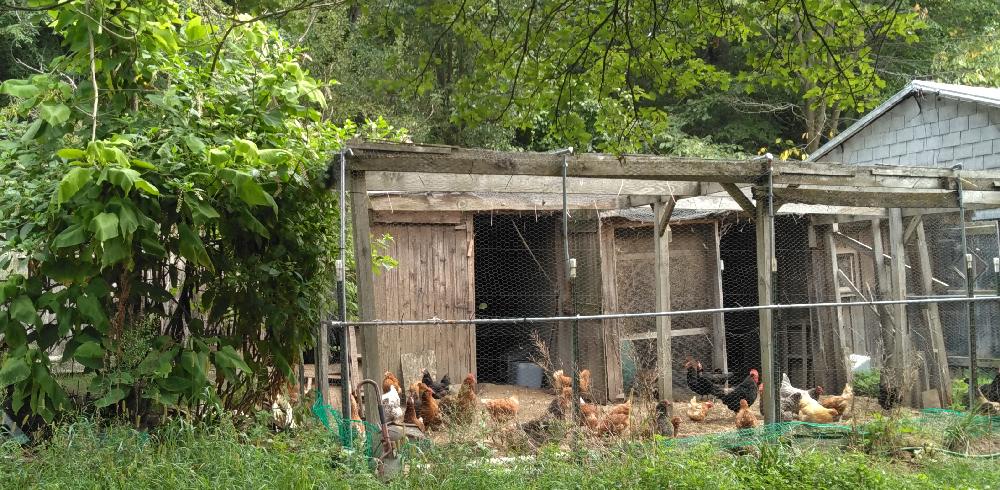
For instance, as you can see in the picture, I have two chicken coops joined by a fenced-in yard. When it’s time for bed, they have to go into their coops for safety. Each chicken has claimed one of the two coops as “home”, and they will not bed in the “wrong” coop. You can chase them, and they’ll avoid the door at the last moment. You can see they’re upset if they wind up in the wrong coop overnight.
Even more interesting, despite the fact that they have a nice open enclosed yard, “the grass is always greener” is very true for chickens. They love to run out of coop doors or dig under chicken wire and other insecure fencing. I should dress them up in little prison suits, their desire for “freedom” is so strong. Of course they don’t realize that “freedom” means “no protection from every predator that loves chicken dinner”.
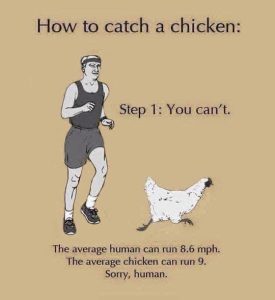
And chasing chickens is nearly impossible, you have to outsmart them and corner them. Or wait until dark when they can’t see as well, but beware, they can see by flashlight too!
6. Chickens Don’t Care Where They Lay Their Eggs
If you don’t have nests for your chickens, they’ll lay everywhere. It’ll be like an Easter Egg hunt every day trying to find them – what fun!
Well… not really.
Eggs scattered everywhere can be dirty, muddy, and if not picked up every day, half-developed if you have a rooster. You certainly don’t want to crack one of them open for breakfast!
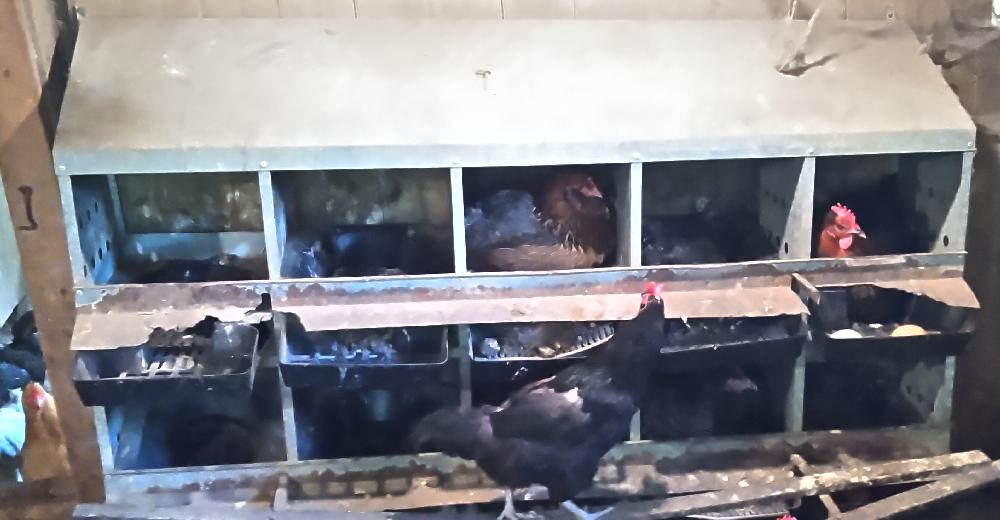
(Please excuse the cobwebs and wear on the boxes, they’re old and ready for replacement soon.)
It’s much better to have your hens lay their eggs in nests. They actually prefer having a safe place to do so, and doing so keeps the eggs clean. They also help prevent egg breakage, which leads to egg eating and more breakage.
A cardboard box won’t really do though, you need something that can take moisture from breakage (it does happen) and manure (yes, sometimes they will poop when they lay). Wood, metal or plastic nests are better than cardboard.
You will also need nesting material to line the nests. Hens stand up when actually laying, and eggs can break on bare wood/metal/plastic. You can use wood chips, sawdust, or straw, but the more modern nest pads made of plastic, plastic/astroturf, or woven straw/aspen are better. Plastic and plastic/astroturf pads can be washed; woven straw/aspen pads can be composted.
Here are some links to nest pads I’ve used (I prefer the plastic/astroturf, color doesn’t matter):
Click here for green plastic/astroturf nest pads.
Click here for brown plastic nest pads.
Click here for black plastic/astroturf nest pads.
Click here for woven aspen nest pads.
7. Roosters Only Crow at Dawn
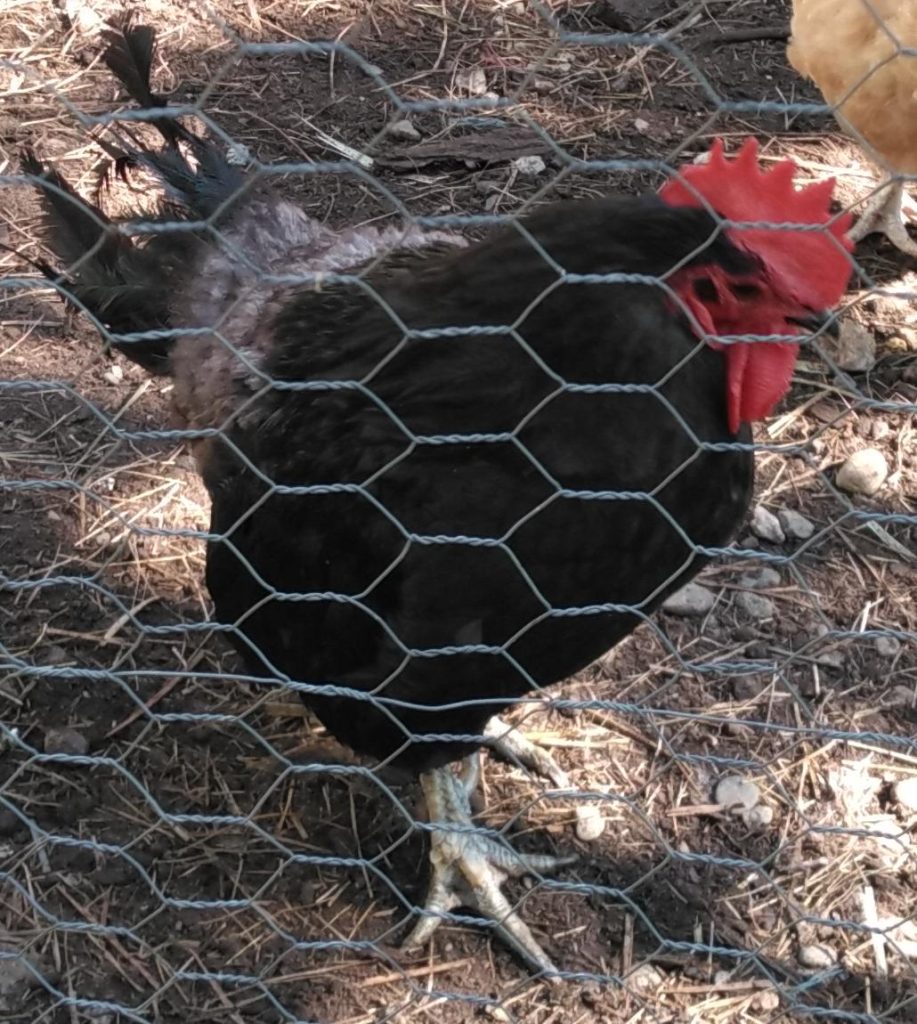
This is one of the oldest myths there is. You can see it in cartoons where the rooster sets his alarm and starts his crowing when the alarm goes off just before the sun comes up.
Well… in fact… roosters will crow anytime.
Even in the dark, in the middle of the night, and before dawn.
During the day, to declare their manliness.
All day long, when they want to show off, when a crow irritates them, when a car backfires, when there’s nothing else to do.
Yes, there’s really no rhyme or reason to it, it must be in those male hormones (with apologies to any guys reading this).
Just understand, if you have a rooster (or roosters), don’t count on them only crowing every morning at dawn. Instead they will serenade you… all day long!
8. Ducks Love Bread and It’s Good For Them
Ducks (and chickens) do love bread and will gobble it up eagerly, but it is their version of junk food and is really unhealthy. In large doses it can cause impactions in their digestive tracts.
Better foods are grapes, peas and lettuces (not iceberg). Or game bird or layer pellets. Just make sure any commercial feed is non-medicated if you’re feeding ducks. Some feeds for chickens are medicated to prevent coccidiosis, but medicated feed is toxic to ducks and other waterfowl.
A little bread once in a while as a treat is OK, a couple slices for a handful of poultry won’t hurt. A full loaf should be reserved for chicken populations of 100 or more. And no more than once or twice a week.
9. Easter Ducklings Can Be Tossed Into Any Nearby Water And Will Survive Just Fine
Easter ducklings are domesticated ducks and cannot live in the wild. They do not have the skills to search for food or shelter like their wild cousins. Even if they manage to join a wild flock, they will be at a disadvantage, especially against predators like snapping turtles.
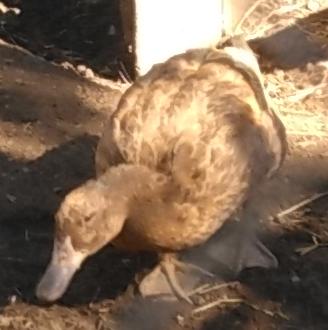
This little girl is an example of such a dumping. She is a Khaki Campbell, a domestic breed of duck, less than a year old. Friends of ours were out in the pond and came across her. Or rather, she came across them. She actually jumped into their boat as if to say “Please save me!”. Knowing we have ducks, they brought her to us, and she is living a safe comfortable life now.
If you have Easter ducks that you no longer want, please offer them a local farmer or even a shelter. Or better yet, just don’t get those ducklings in the first place. Ducks can live 5-15 years (sometimes even more) and are a year-round commitment.
10. Chickens And Ducks Don’t Need Treats
They don’t need treats, just like our pets and even ourselves don’t.
Commercial feed is generally pelletized and contains all the nutrients your birds need. But how boring is that? We like treats, why wouldn’t our animal friends like them too?
As mentioned above, they can have a little bread. But there are better treats – scratch feed (corn and rye), lettuce (not iceberg, that’s junk for everyone), cabbage, peas, corn, cored apples (all seeds and pits should be removed from fruit), seedless grapes, cored melons.
Food not to feed include citrus, onions/garlic, beans, avocados, dried fruit and potatoes/tomatoes.
All fruit and veggies should be chopped into small pieces to prevent choking, with the exception of lettuces and cabbages that they can tear.
If you missed the video of our chickens enjoying treats, please click here to enjoy it again!
An even better treat is something that we would never eat – mealworms and soldier fly larvae. Remember poultry love bugs, and bugs contain protein and other nutrients that they love (ick!).
Click here to purchase mealworms for your birds.
Click here to purchase soldier fly larvae for your birds.
So there you have it! The next time someone states one of these myths as facts, you now have the knowledge to show them that it’s not true!
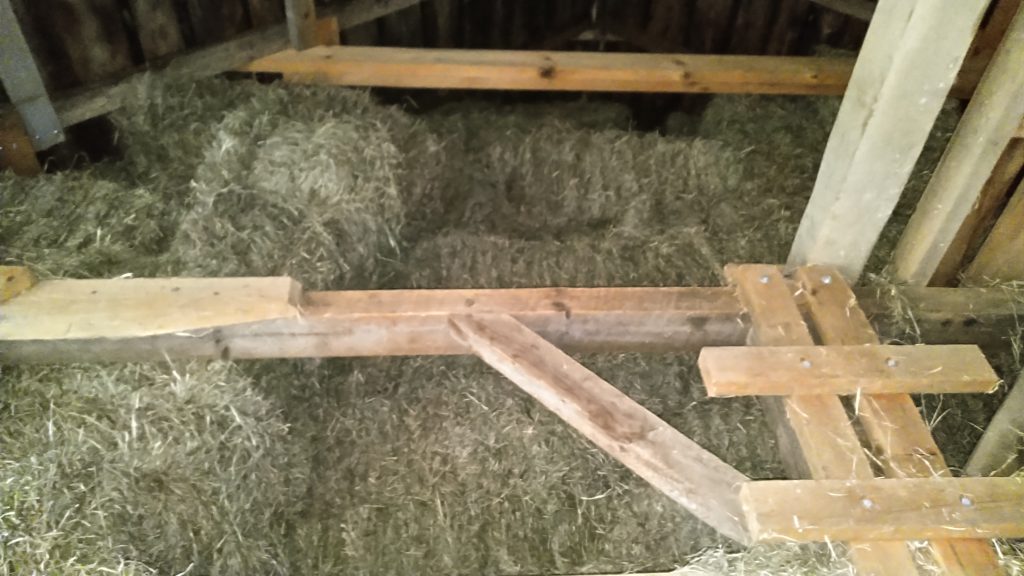
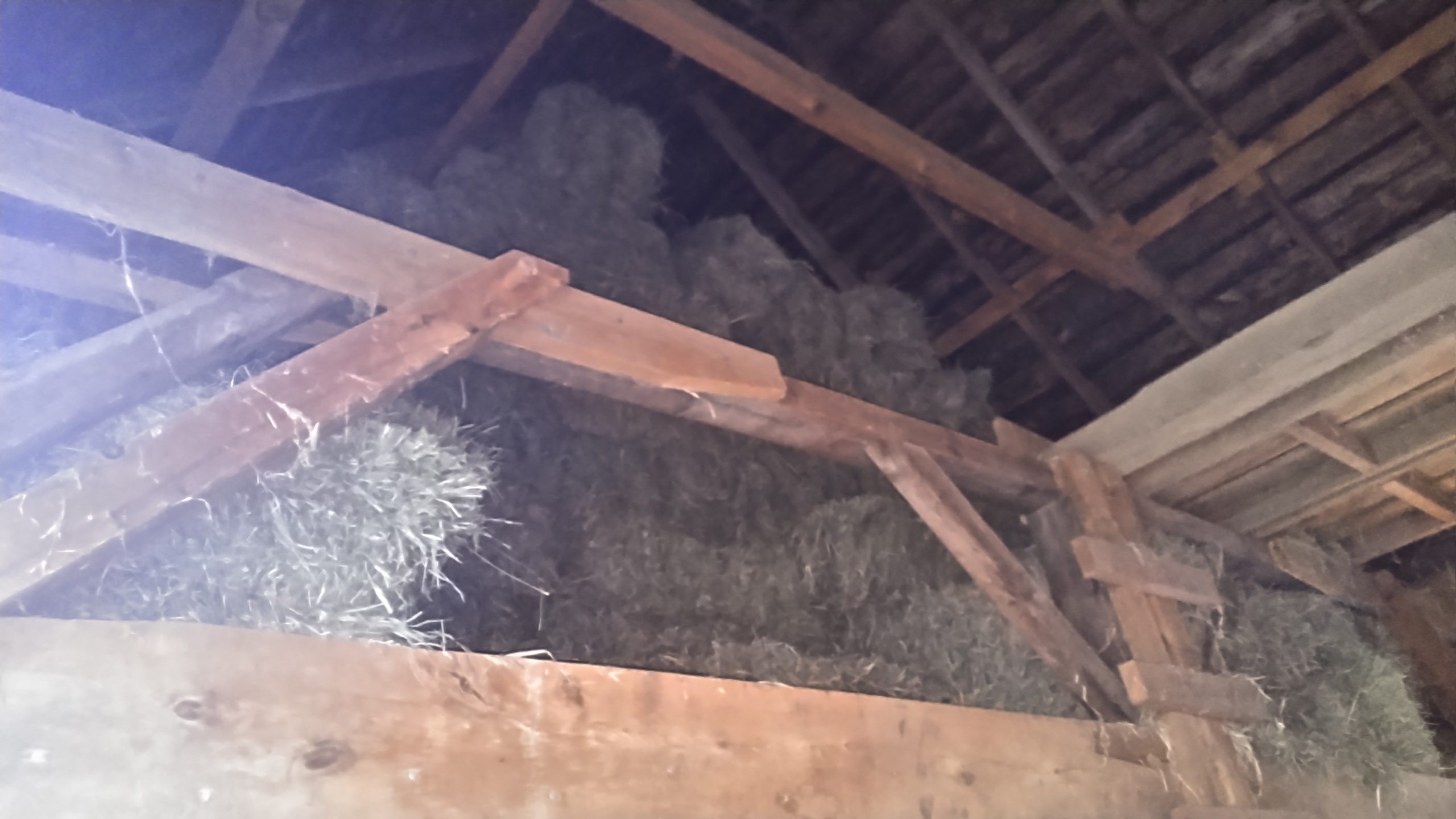
The Clever Method That Bags You Extra Hay Savings
You know those little pieces of hay that fall off bales and flakes when you move them? Those are called “chaff” and they find their way everywhere.
The tack room. The stalls. The aisles. All over the ground. It floats in the air and gets caught in spiderwebs. And birds love to use it in their nests.
But chaff isn’t something that’s dirty, inedible or unusable. It’s just as usable as the flakes and bales it came from (bales consist of chunks of hay, called flakes).
Watch the video here to learn the safe way to store it so you can use it and save some money!
.
Click to Subscribe to this Newsletter
You can also subscribe by clicking on the “Subscribe” button on the top left of the newsletter’s page.
More people are taking their elderly parent(s) into their homes, as they can no longer live by themselves, but perhaps aren’t ready or able to go to assisted living or other housing situations. There are many challenges on both sides, where in essence the child becomes the parent.
Click here for a newsletter that can help you navigate this new and challenging terrain.
Are you, or someone you know, dealing with a loved one with dementia? Being a caregiver can be hard, but knowledge and support give you the power to get through it. These two newsletters can give you that support.
Click here for a newsletter geared towards men who are now caregivers.
Click here for a newsletter for both women and men.
Love what you read or want to help keep the lights on?
Click to Make a Voluntary DonationThis post contains affiliate links, which means I may earn a commission
if you click through and make a purchase through these links.
.
